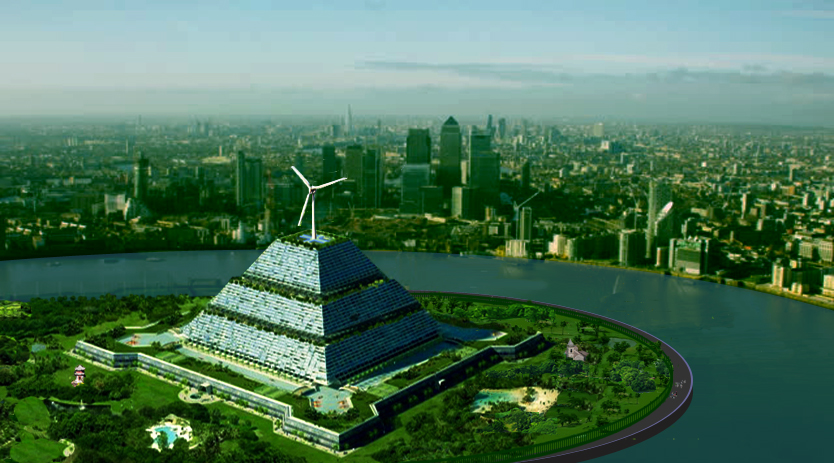IS “BETTER PUBLIC TRANSPORT” THE SOLUTION..?

The Green lobby constantly parrot the mantra of “BETTER PUBLIC TRANSPORT”, as if it were a magical talisman that would make life easier and would “get people out of their cars”. But just how much better would public transport need to be in order to achieve that allegedly happy goal ? To me a “good service” would be at least 4 buses/trams per hour from 6am to midnight, with stops located not more than 5 minutes walk from home. If that were even remotely possible, it would mean an investment of mega-billions in every big city and probably a tripling of the public transport workforce.
Public transport would be improved if British cities were 2-3 times more densely populated, as they are in Italy or Spain where 80% of the population live in medium-high density flats. But that’s not going to happen in Britain and, even if it did, would it really make our lives any easier?
[stextbox id=’info’ caption=’THE REALITY OF PUBLIC TRANSPORT DEPENDENCY’] The prospect of waiting 30 minutes with heavy shopping bags in a wind-swept, rain-swept, urine-smelling bus shelter on a freezing night, possibly in the company of a bunch of raucous yobs who just spilled out of a pub..! Finally 3 buses arrive together and, as our earnest public transport advocate struggles aboard and luckily finds himself a seat, the bus lurches around a corner. His bags topple over and, most embarrassingly, his wine bottles are now rolling around under the seats and being picked up by the pub drunks or (worse) being smashed..!
In an ideal city, CAR-OWNERSHIP makes NO LOGICAL SENSE..!
:no_upscale()/cdn.vox-cdn.com/uploads/chorus_asset/file/8533137/shutterstock_125491844__1_.jpg)
The obvious solution is a totally new kind of city –
one where cars are not needed at all..!

OASIS CITIES can/will
- resolve all our sustainability and ecological issues,
- alleviate the many acute social and health problems in OBcities
- narrow the wide (and ever-expanding) salary/wealth gap
- create cohesive, collaborative, and harmonious high-trust societies
- create communities where obligations take precedence over “rights”
- heal the ideological discord that divides society into 2 angry camps – “left” and “right”
- combine the best aspects of socialism and capitalism.
- facilitate the emergence of a steady-state economy
- lead to self-contained, self-sufficient, and self-governing City States